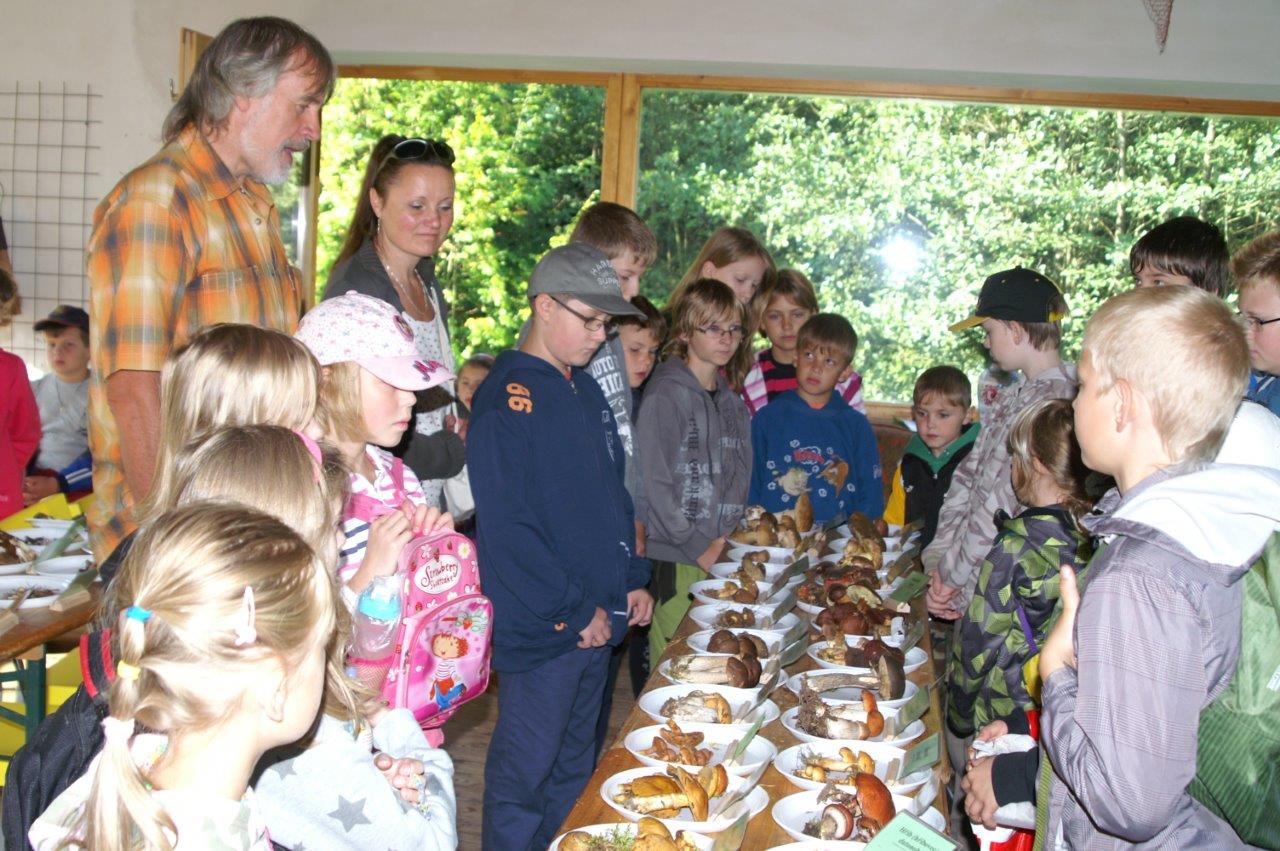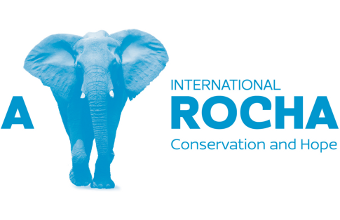Saving lives in the Czech Republic

Young people learning about the importance of correct identification at an A Rocha Czech fungi exhibition, September 2014. (Pavel Svetlik)
If you were to visit almost any Czech forest in late summer, you would find men and women filling baskets with fungi. Some of these will be cooked and eaten soon after, but the rest will be pickled, or sliced up and dried for winter soups. During the last century, the number of deaths from eating poisonous toadstools rose to between 15 and 20 a year, so there has been a concerted effort to educate the public. This September, A Rocha Czech organized three fungi exhibitions: two in East Bohemia, and one in South Bohemia which attracted Germans and Austrians from across the border.
Pavel Svetlik, the National Director, explains, ‘My family loves to eat mushrooms, but I can only recognize about 200 species, so I involved mycologists at each event. They ensured that all the species we displayed were correctly identified and properly labelled for edibility. Over the three days of each exhibition we displayed over 200 species and visitors brought us mushrooms which they had gathered. We were excited to find five very rare species, for which records have been sent to the Czech Mycological Society. We took families on guided walks and gave talks to explode popular misconceptions, as well as warning of real dangers. For example, some mushrooms can become toxic if combined with alcohol, not just during the meal, but if the person drinks during the next few days. In recent years, because of events like this around the country, fatalities have dropped to just 2-3 people a year. It’s therefore a very important way for us to educate people of all ages, who also learn about A Rocha’s wider work in nature conservation.’
